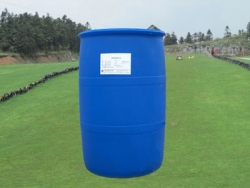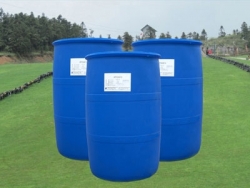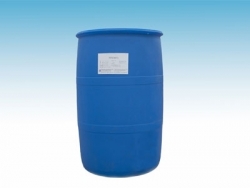The amount of adsorption on the surface increases with the increase of the concentration of the solution. When the concentration reaches or exceeds a certain value, the amount of adsorption does not increase. These excessive surfactant molecules are disorderly or exist in a regular way in the solution. Practice and theory show that they form associations in solution, which are called micelles.

Surfactant molecules are amphiphilic molecules with hydrophilic and lipophilic groups. Water is a strong polar liquid. When surfactant dissolves in water, according to the principle of polarity similarity and polarity difference and repulsion, its hydrophilic group and water are induced to dissolve in water, and its hydrophilic group and water repel and leave water. As a result, surfactant molecules (or ions) are adsorbed on the two-phase interface, which reduces the interfacial tension between the two phases. The more surfactant molecules (or ions) are adsorbed on the interface, the greater the interfacial tension decreases.

So why can soap wash grease stains? This is due to the "two-sided" nature of surfactants. The composition of soap is fatty acid metal salt, which is soluble in water at one end, we call it "hydrophilic group"; at the other end, it is insoluble in water and soluble in oil, we call it "hydrophobic group" or "lipophilic group". Because of this special structure, soap can dip into water at one end and oil at the other. In this way, the water pulls the soap molecule, the soap molecule pulls the oil again, and pulls the oil stain off the clothes!

Surfactant molecules have both hydrophilic and lipophilic groups, which is also known as amphiphilic. Because of this property of surfactants, micelles can be formed in water at appropriate concentrations: hydrophilic heads are attracted outward by water, and oily tails are repelled by water and inward. In the laundry process, the grease stain is pulled to the inside of the micelle by the lipophilic group, and the whole micelle is taken away by water.
If they are in an oily environment, they can form inverse micelles, i.e., the head is inside and the tail is outside. These micelles play an important role in cosmetics.